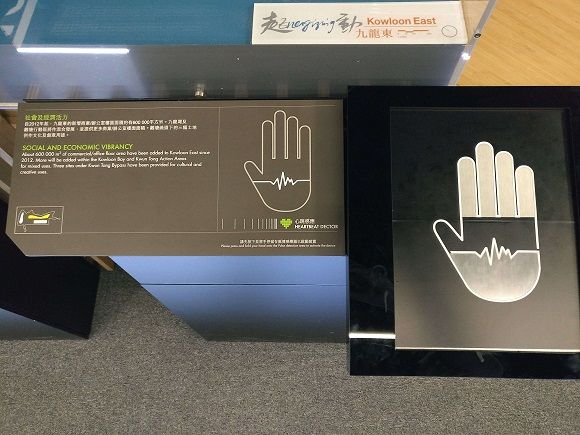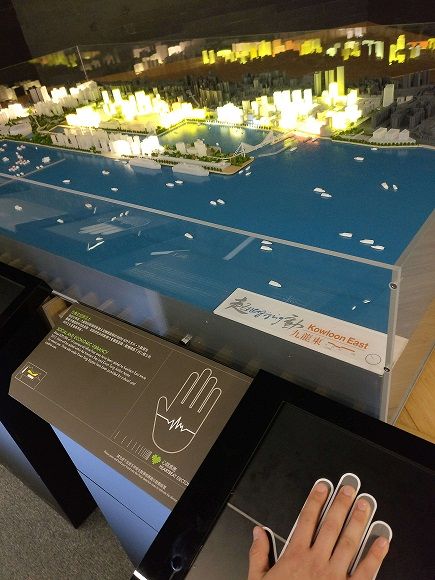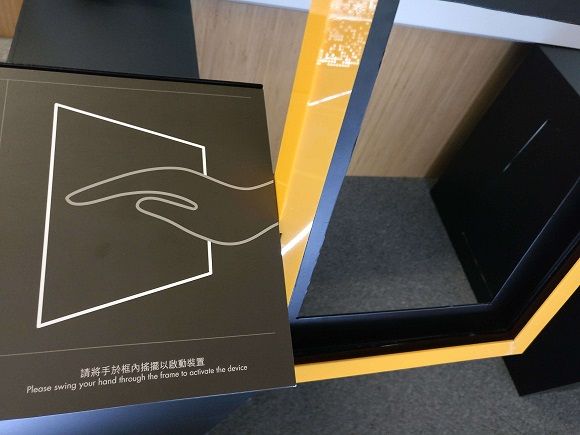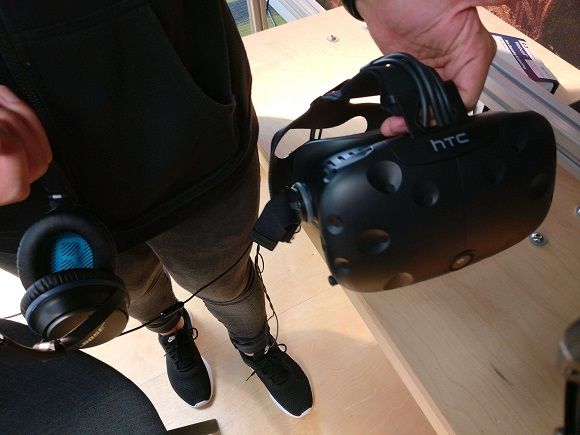Day-to-day I’m involved with creating technology: writing it, testing it, living and breathing it, but hardly actually using it. This might sound obvious, but my favourite thing to do with technology is to actually take it for a spin. If I’m lucky enough I’ll still get that rush when I witness technology recruited into a novel situation, or get a new toy to play with. And one of the last places I expect to see technology blazing a trail is in a museum.
What I’d like to detail here are a handful of examples of experiences I’ve had witnessing this harmony of art and tech.
Pink Floyd: Their Mortal Remains
In 2017, the V&A hosted an exhibition dedicated to Pink Floyd, “chronicling the music, design and staging of the band”. As you might expect, it contained a wealth of technology the band used: from electric guitars and keyboards, through to their “Azimuth co-ordinator” and staging equipment.
Though, besides Pink Floyd themselves, what really captured me was the audio tour, and I’d say an exhibition on a world-famous band really has to nail the audio tour. So headphones on, jack in the pocketed cassette-looking pack and away I went.
Suddenly, intro music! But as I walk towards the first interesting looking item, a fade-out-and-in… and… someone talking? Well hang on a minute, I didn’t press anything yet. There are none of those frame-breaking icons on the walls indicating that I now need to tune into audio-clip #3 (and where were #1 and #2 exactly?). Instead I’m here, and it has begun.
It didn’t take long to realise that this audio-tour didn’t require me to fiddle with the settings, or select my clip. Instead I merely needed to approach an object to start hearing about it. What really blew me away was the precision. I only needed to move quite small distances away, and towards the next item, for the headphones to dutifully fade out and in – never a hard cut mind you, and I’m onto the next bit. If I move to watching a video on loop, the device syncs and I’m listening to the same content as everyone else. Made a mistake? Never mind, shuffle back on over and hey presto, back to the old one. I’ve spent minutes before pleading with my personal Bluetooth headphones to please connect to my laptop and no not my phone, so admittedly the bar was already quite low.
So while trying to engage as much as possible with the experience I found myself distracted, wondering how this worked. Bluetooth, Wi-Fi, GPS even? I found myself scanning the corners of the room looking for receivers, routers etc. A quick Google search gave me some ideas of what it could have been. I’m still not sure how they achieved it, but I’m very glad they did.
West Kowloon Cultural District
In West Kowloon, Hong Kong, there is a development in progress to build a brand new arts and culture hub. To stimulate interest and engagement in this project there was a public exhibition providing background information, as well as a peek into how the area will look and feel when completed.
Around the entire exhibition were dioramas of Hong Kong, all activated with some unique man/machine interface.

When a visitor confirms their interest in this diorama by supplying evidence of their heartbeat, the display lights up and starts eagerly informing everyone nearby of this and that.

I’m not really sure what the heartbeat detector really added to the message of the display itself, but it was at least cool.
Another example of (a possibly superfluous) technical integration:

There were a few other weird and wacky tropes around, possibly helping to keep the kids engaged.
While all this was diverting, I didn’t think it was really necessary. It didn’t enhance the experience or assist the overall message.
However, towards the end there was a short interactive experience using VR. The user sat (or stood, if really getting into it) with a headset on and got to see first-hand what the architects have envisaged for the incomplete area. Included was a tour of the plaza, complete with other tourists and the sounds of hustle and bustle. Then a scene change: I’m enjoying a show: some singing and a meal inside the new auditorium.
Throughout the whole tour I was entirely engaged, and it’s left a much stronger impression and memory than anything else I’d read or seen. Unashamedly, I asked the assistant to let me photograph the device, for posterity:

It was a bit refreshing to see that this wasn’t an Oculus Rift – I didn’t even know HTC had a competitor out!
Miraikan National Museum of Emerging Science and Innovation
The Miraikan National Museum of Emerging Science and Innovation already sounds quite technology based, so we won’t have to look far here.
Of particular interest to me here is Geo-Cosmos.
.jpg)
This is a live-updating LED panelled Earth. The weather formations on it update daily, based on real images from satellites.
This is a great example of technology not just supporting a museum display, but forming the display itself.
In fact this museum is full of these displays. I highly recommend checking out the website and having a browse.
In summary
I think it’s getting easier all the time to see innovative and interesting uses of technology in our every day lives, but I hadn’t expected to see so much in these specific spaces.
Thankfully my list here isn’t exhaustive, there are still loads of examples out there! From the Royal Academy of Arts hosting a 3D scanning exhibit or more VR, almost everything at the Science Museum, all the way to what you don’t see at the museum, the way the staff interact with technology behind the scenes.
I hope this sort of synergy continues, and I hope that anyone who’s read this far will go out and find some examples for themselves – maybe even share them!
Nick
P.S. I’d like to extend a credit to my friend James Kenny, who helped me bounce ideas for this post.


